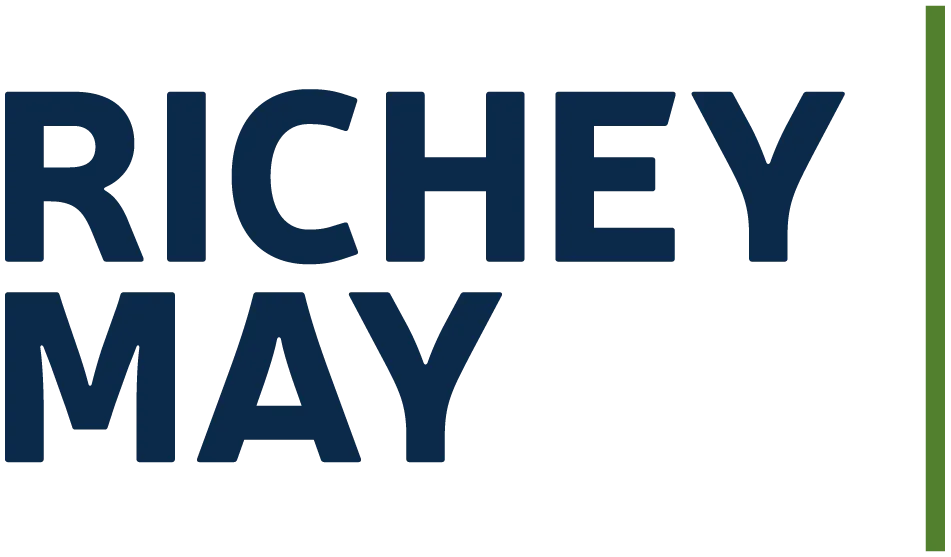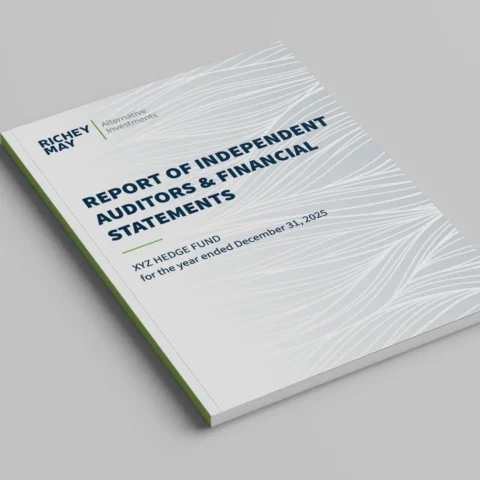Treasury Secretary Steven Mnuchin announced today, March 20th, that the tax deadline for filing returns or extensions has now also been moved from April 15th to July 15th. Previously, the extension for payment of taxes we communicated yesterday did not change the due date to file a return or extension. Colorado has also extended payment deadlines by 90 days for income taxes and is working on similar extended payment deadlines for state collected sales taxes. Colorado is also offering to partner with local jurisdictions who may need assistance if they choose to delay payment deadlines for locally collected sales taxes.
There are a number of other states including California that have provided tax filing or payment deferrals. California currently waives interest and penalties on payments of 2019 tax as well as 2020 Q1 and Q2 payments through July 15th and have moved the tax filing deadline to July 15th. New York announced today that they were going to provide similar relief, but official information has not yet been published. The state tax relief and changes to filing and payment dates continues to be updated daily for those states that don’t currently provide any relief.
Highlights of the Families First Coronavirus Response Act (excerpt from Thomson Reuters daily tax news):
- Family and medical leave. The Act includes the Emergency Family and Medical Leave Expansion Act (EFMLEA), which requires employers with fewer than 500 employees to provide both paid and unpaid public health emergency leave to certain employees through December 31, 2020. The emergency leave generally is available when an employee who has been employed for at least 30 days is unable to work or telework due to a need for leave to care for a son or daughter under age 18 because a school or place of care has been closed, or a childcare provider is unavailable, due to an emergency with respect to COVID-19 that is declared by a federal, state, or local authority. The first 10 days of leave may be unpaid and then paid leave is required, calculated based on an amount not less than two-thirds of an employee’s regular rate of pay and the number of hours the employee would otherwise be normally scheduled to work, not to exceed $200 per day and $10,000 in the aggregate. Certain exemptions and special rules apply, and a tax credit may be available (see below).
- Emergency paid sick time. Under the Emergency Paid Sick Leave Act (EPSLA), private employers with fewer than 500 employees, and public employers of any size, must provide 80 hours of paid sick time to full-time employees who are unable to work (or telework) for specified virus-related reasons. Part-time employees are entitled to sick time based on their average hours worked over a 2-week period. This amount is immediately available regardless of the employee’s length of employment. The maximum amounts payable vary based on the reason for absence. Employees who are
- Subject to a quarantine or isolation order,
- Advised by a health provider to self-quarantine, or
- Experiencing symptoms and seeking diagnosis, must be compensated at their regular rate, up to a maximum of $511 per day ($5,110 total).
Employees caring for an individual described in category (1), (2), or (3), caring for a son or daughter whose school is closed or child care provider is unavailable, or experiencing a “substantially similar condition” specified by the government must receive two-thirds of their regular rate, up to a maximum of $200 per day ($2,000 total). Employers cannot require employees to find a replacement worker or use other sick leave before this sick time. Employers may exclude health care providers and emergency responders, and the DOL can issue regulations exempting businesses with fewer than 50 employees. The sick leave mandate takes effect not later than 15 days after March 18, 2020 (the date of the Act’s enactment) and expires December 31, 2020.
- Employer tax credits. The Act provides tax credits to employers to cover wages paid to employees while they are taking time off under the EPSLA and EMFLEA. The credits have three components:
- The EPSLA credit for each employee is equal to the lesser of the amount of his leave pay
or either - $511 per day while the employee is receiving paid sick leave to care for themselves, or
- $200 if the sick leave is to care for a family member or child whose school is closed.
An additional limit applies to the number of days per employee: the excess of 10 days over the aggregate number of days taken into account for all preceding calendar quarters.
- The EMFLEA credit for each employee is the amount of his leave pay limited to $200
per day with a maximum of $10,000. - The amount of the EPSLA and EMFLEA credits are increased by the portion of the employer’s “qualified health plan expenses” that are properly allocable to qualified sick leave wages or qualified family and medical leave wages. Qualified health plan expenses means amounts paid or incurred by the employer to provide and maintain a group health plan, but only to the extent that such amounts are excluded from the gross income of employees under the Internal Revenue Code.
- In addition, the credits allowed to employers for wages paid under the EPSLA and EFMFLEA are increased by the amount of the tax imposed the Medicare taxes paid (the 1.45% hospital insurance portion of FICA) on qualified sick leave wages, or qualified family leave wages, for which credit is allowed.
The credits are refundable to the extent they exceed the employer’s payroll tax.
Employers don’t receive the credit if they’re also receiving the credit for paid family and medical leave.
The EPSLA and EMFLEA credits may also be taken against the employer’s railroad retirement tax.
These rules apply only to wages paid with respect to the period beginning on a date selected by the Secretary of the Treasury which is during the 15-day period beginning on the date of the enactment of the Act (March 18, 2020), and ending on December 31, 2020.
Comparable credits for self-employeds. The Act also provides for similar refundable credits against the self-employment tax. It covers 100% of a self-employed individual’s sick-leave equivalent amount, or 67% of the individual’s sick-leave equivalent amount if they are taking care of a sick family member, or taking care of a child following the child’s school closing for up to 10 days. The sick-leave equivalent amount is the lesser of average daily self-employment income or either
- $511/day to care for the self-employed individual or
- $200/day to care for a sick family member or child following a school closing, paid under the EPSLA.
Self-employed individuals can also receive a credit for as many as 50 days multiplied by the lesser of $200 or 67% of their average self-employment income paid under the EMFLEA.
These rules apply only to days occurring during the period beginning on a date selected by the Secretary of the Treasury, which is during the 15-day period beginning on the date of the enactment of this Act (March 18, 2020), and ending on December 31, 2020.
Employer FICA exclusion. Wages paid under the EPSLA and EFMFLEA are not considered wages under Code Sec. 3111(a) (employer tax – old age, survivors and disability insurance portion of FICA; 6.2%) or under Code Sec. 3221(a) (employer’s railroad retirement tax).
The response by taxing authorities and Congress to the impact of Coronavirus continues to develop. We will keep you informed on tax developments as additional information becomes available.
We are here for any questions or discussion you may need to have. We are honored to be your partner and to be of service during these challenging times.





